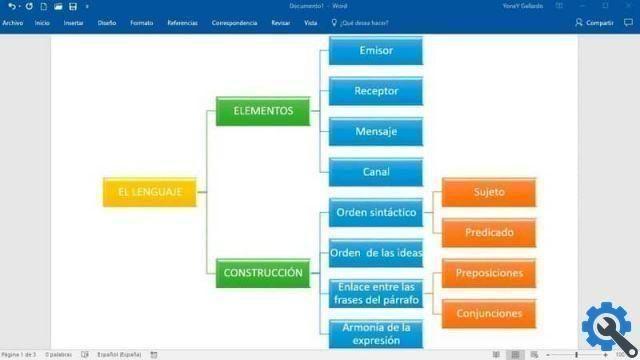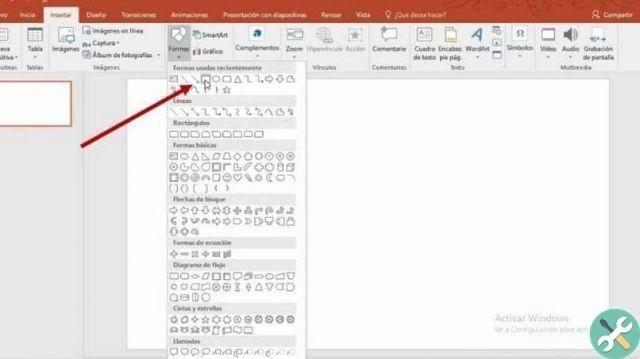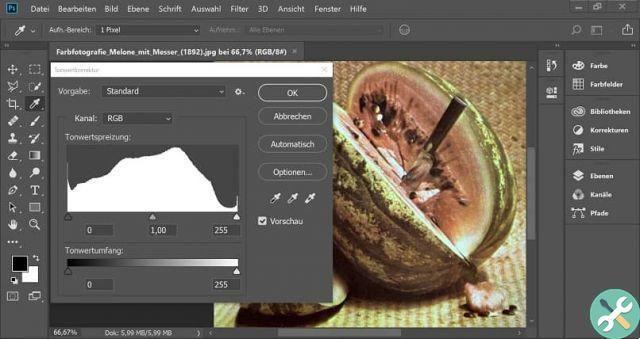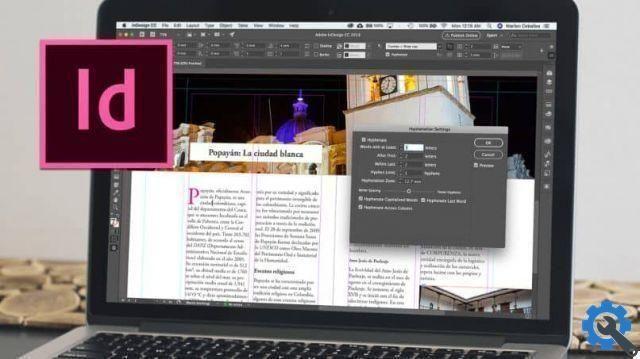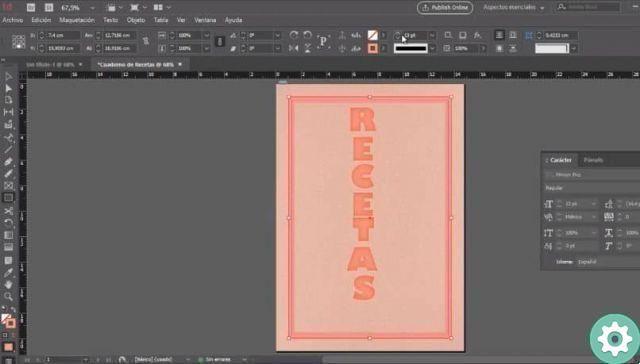The presentation of InDesign
On the other hand, neither Illustrator nor Photoshop (with features like installing fonts and fonts) offered the tools necessary for developing and improving graphic design. Several tests were carried out, until Adobe InDesign appeared in 1999.

This new program was presented with the premise of: the new professional layout standard for the next millennium. Since then, after each update, it incorporates new and important tools for creating multimedia files for web and mobile pages.
Adobe InDesign tools
La creation of book, newspaper or magazine covers, interactive PDFs, editorial design. This program has amazing tools. One of these being the creation of compound paths and shapes.
What are compound strokes?
Compound strokes are none other than the combination more shapes to create one.
Creation process
Once you have entered the shapes you want to combine, you will proceed to select them to begin the combining process. To do this, follow the steps below:
- Go to the "Object" tab on the InDesign ribbon.
- Select the "Path" option.
- Click "Create Compound Path".
Inverted selection
The combination of shapes happens when there are 2 or more shapes, so if you want to act on a specific shape, you must follow these instructions:
- Use the direct selection tool in the options bar located on the left of the screen.
- Select the object on which you want to perform an action.
- Go back to the file "Object, path" and select the inverted selection option.
This way, there will be a space inside the shape you have selected and you can start with the edition you want to make in it.
Object separation
If you don't feel too sure about the shape you created, no problem. The peculiarity of this program is that you allows you to separate them and test the new idea you had. There is a simple method for this:
- Select the compound path with the InDesign selection tool.
- Go to the "Object" tab.
- Enter the "Tracks" section.
- Click "Release Compound Path".

Explorer tool
Another very interesting option that InDesign offers is the Pathfinder. In case you do not have it visible in your program, you can activate it in the following way:
- Click on the “Window” option.
- Go to the "Objects and Layout" section.
- Click on "Explorer".
Pathfinder menu
This tool, unlike the one that allows the creation, combination and separation of various objects, what it does is provide other types of alternatives to weld and unify elements. Within the Pathfinder menu, you have these options:
- Add or merge: take the outlines of all objects to make it one piece. So, for example, if there are multiple objects, of different colors, this option removes the lines and transforms it into a shape without strokes and unicolor. A solid object.
- Delete objects: When there is a primary and a secondary object, this option deletes the object that is in front. Basically, it subtracts an option from the layout and leaves the object or objects in the background.
- Intercept: delete larger portions within the project and leave only the eavesdropping that the team had.
- Exclude overlap: Contrary to the previous option, this tool removes the intercepts and leaves the rest of the object.
- Delete background: The shape of the pieces in front is eliminated and leaves a small portion of the combination.
Compound Path and Pathfinder
It should be noted that the difference between the Pathfinder option and the path option compound is that objects cannot be separated in the first.
That is why during the process of using the tool search for tracks the term is used welding, as, once performed, an action cannot be undone. Furthermore, if you also need to insert text on a curved path, it is also possible with the help of Adobe InDesign.





